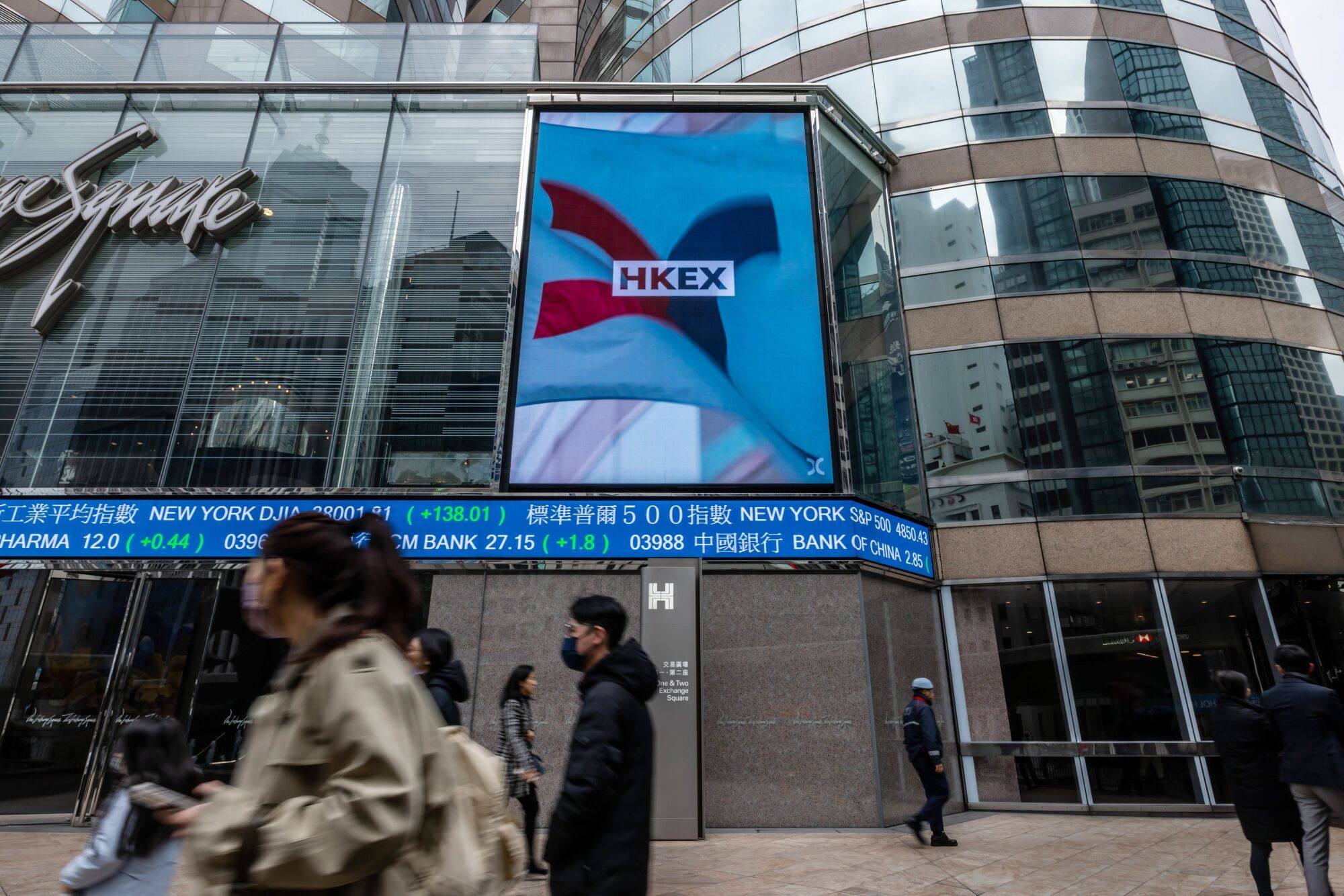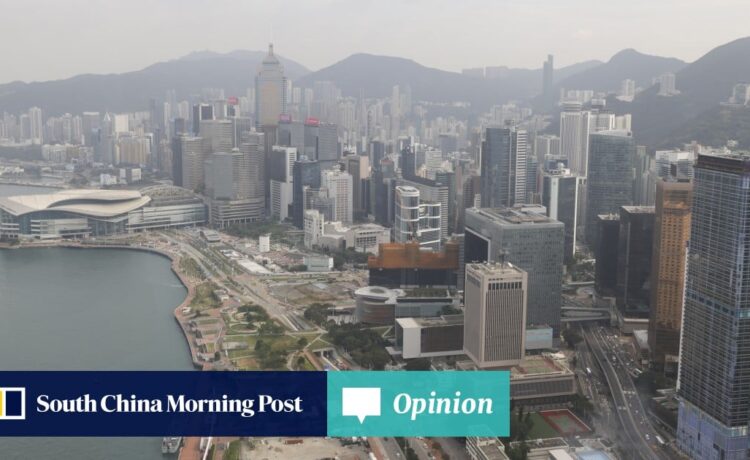This proposal makes sense. Hong Kong’s public debt to gross domestic product ratio is extremely low by international standards; the government therefore has the space and creditworthiness to borrow more – even though interest rates today are higher. There is also a strong economic case to rely on debt financing for infrastructure projects which incur costs today but generate benefits for the next few decades.
Nonetheless, there are concerns among some that such borrowing only deepens the government’s financial hole, burdens future generations, and masks the precarity of government finances. Rather than dismiss these concerns as invalid or ignorant, the government should engage seriously with them and, in so doing, build society’s trust in its ability to manage Hong Kong’s finances well. This is also an opportunity to educate the public on why borrowing for infrastructure is not only necessary, but may even be desirable in the current macroeconomic context.

Necessary and desirable
The first principle of public financial management that the Treasury should convey is that all deficits have to be financed eventually. In this, the government has to choose between three unpalatable options: raising taxes, cutting spending, or borrowing. Raising taxes – particularly the introduction of a Goods and Services Tax (GST) – is probably something that Hong Kong must do eventually.

That leaves increased public sector borrowing as the least bad option to finance Hong Kong’s infrastructure plans.
The second idea that the Treasury should convey is that borrowing is the more efficient and equitable way of financing infrastructure. It is more efficient because the benefits of infrastructure development accrue over many years – even decades – and so it makes sense to finance that development over a similar time frame. Just as households make costly capital purchases (such as a property) by taking a 30-year loan rather than pay for it entirely with cash, it is also more efficient for the government to finance infrastructure projects (which generate a stream of benefits over many years) using debt.
Debt financing is also more equitable because future generations are the major beneficiaries of these infrastructure projects. Future generations are likely to be richer than current generations, so it is only fair that future generations pay at least part of the costs. Meanwhile, paying for these projects with cash upfront represents a large subsidy from past and current generations of Hongkongers to future, richer generations. This is highly regressive. Unless one is extremely pessimistic about Hong Kong’s future – and believes that future Hongkongers would be poorer than today’s Hongkongers – debt financing is much fairer in terms of intergenerational equity.

A debt sustainability framework
While increased borrowing is a better way to finance infrastructure development, this does not mean the government should be allowed to borrow as much as it wants or to spend however it likes. To build public trust, the Treasury should put in place, and articulate, a set of principles to ensure debt sustainability. Such a framework would also assuage concerns that the Hong Kong government is becoming a less prudent or capable steward of public funds.
The first principle is that debt financing should be used only for infrastructure projects in which assets that can be valued are created. This is critical because debt financing creates liabilities for future generations of Hongkongers. Good financial management requires that these liabilities be matched with corresponding, long-term assets. This rule also means the government should borrow only for capital, not operating, expenditures.
Second, alongside the budget (that shows the government’s income and expenditure of the coming financial year), the Treasury should also present a debt sustainability report which shows the government’s outstanding liabilities and the estimated value of the assets. This need not be done for all the state’s assets and liabilities, only for those that result from its borrowing. The first two principles would address concerns that issuing debt boosts the government’s revenue for the year but masks (future) debt repayment obligations.
Why Hong Kong’s economy needs to become more than just China’s superconnector
Why Hong Kong’s economy needs to become more than just China’s superconnector
Third, to the extent possible, the bonds the government issues should be linked to specific projects rather than be used for unspecified capital expenditure. While public funds are fungible (movable across various uses), this practice would require the government to make a strong case for the projects that it is borrowing for, and not rely only on its overall creditworthiness, to borrow at lower interest rates. This practice would also improve financial transparency and support the market’s scrutiny of the government’s development projects. Done well, this would establish Hong Kong as an issuer of high-quality government bonds, helping the city attract more capital through its bond market.
This principle does not mean the government would be barred from issuing bonds not linked to specific projects. But if it does so, it should have to explain why. Without this principle, governments always prefer more discretion over rules that constrain their flexibility or freedom of manoeuvre.
Finally, there should be a rule that sets a cap on the total stock of debt that the Hong Kong government owes, as well as a rule that limits (as a percentage of GDP) the amount of debt the government can issue in any one financial year. This would assure the public and financial markets that the government is still a disciplined steward of public funds.
Donald Low is Senior Lecturer and Professor of Practice, and Director of Leadership and Public Policy Executive Education, at the Hong Kong University of Science and Technology. He was formerly Director of Fiscal Policy at the Ministry of Finance in Singapore.

















